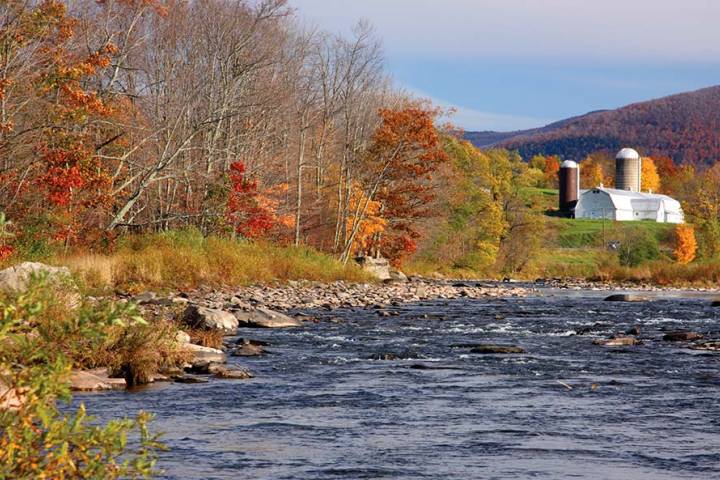Feeding the world
According to most estimates, there will be 9 billion people on the planet in 2050. Many experts suggest that growers will have to produce more food in the next 50 years than has been grown in the past 10,000, which is doubling current production on the same amount of land. Yield increases have begun to slow (see USDA graph). Therefore, this demand will require new technologies, new techniques and new environmental practices be developed.

What are the limits to the food production possibilities? The amount of arable land may decrease if climates continue to change. Water is limited around the world and the places that are most productive are not necessarily in the areas where food is most needed. Fossil fuels, even with the addition of ethanol, run tractors while fertilizers and pesticides are also energy intensive to create. Therefore, food production is closely tied to fuel costs and availability. Another concern is the infrastructure that is necessary to get food to markets before it spoils. In many less economically developed countries, there is no system to get the food to market and storing it is not a viable option due to fungus and pests destroying it. Soil is also vulnerable to erosion, desertification (once fertile land becomes arid), salinization (build-up of salts in the soil from over-irrigation) and water-logging (saturation of soil by groundwater).
One of the largest problems in the developed world is food waste. Some of the crop is lost in the field to pests (about 30%), some is left during the harvest (10–20%), and in the U.S., it is estimated that consumers throw away as much of 50% of their food. Population pressures are driving today’s food production demand. While the need to feed a growing population will continue, factors such as decreasing infant mortality rates, reducing the need for children to work, providing women with educational opportunities and access to family planning will improve the standard of living in countries world-wide and increase the demand for food. With 9 billion eaters, the agriculture industry, made up of large-scale farmers, local food producers, entrepreneurs, ag scientists and engineers will all become allies in meeting future food demands.




